In this post and others, I have long argued for the virtues of setting limits for yourself as you work on a project. The idea is that constrictions narrow your focus so that you have to wrestle with difficulties that you would otherwise skirt, solve problems that you would otherwise ignore, and all that triggers creativity that would otherwise remain untapped.
However, I believe that working in many photographic disciplines, with many types of equipment, has a salutary effect on one’s photography. Are those beliefs in conflict? I think not, and I’d like to walk you through my reasoning.
First off, let me acknowledge that not everyone sees these issues the way that I do. Huntington Witherill, whom I greatly respect and admire, in a comment to the post linked above, argues eloquently for the maximum amount of freedom for the artist at all times. And yet, I observe that he works in series, each of which has a fairly narrow compass at any time, though the work evolves as time goes by. On the other hand, there is a body of conventional photographic wisdom that says that narrowing your equipment choices over your entire career is the best way to achieve greatness, with people like Henri Cartier-Bresson being held up as exemplars, and the reason given is that you need to get to the point where the gear becomes an extension of yourself, requiring no conscious thought. I’ll buy the knowing your equipment part, but I claim that, when you work in narrowly-defined series, you get to know the parts of it you need to know very well indeed, and that the parts that you don’t know don’t matter. The analogy is the yawning envelope of Microsoft Word and the near-impossibility of deeply understanding all of it; if you’re a novelist, you never need to learn how to use footnotes and endnotes.
I think that photographers are better off if they’ve worked with many different subjects with widely different equipment in a broad variety of styles. Why? Because the aesthetic sensibilities, skills, and thought processes learned in one milieu transfer in wondrous ways when working in a totally different environment. I’ve seen this in my work, and I’ve found that some others feel the same way.
There seems to be little that’s commercial about Michael Kenna’s gallery work, but he finds his commercial training valuable in what he does now. Here’s Michael talking about commercial work in an interview that I did in 2001:
Unfortunately, many “art” photographers look down on commercial photographers, they look down on even doing commercial work as if it is some sort of blasphemous act that sullies the purity of art. I could never understand that attitude. Commercial photography is just a facet of the medium. I’ve never had any trouble wandering back and forth between the commercial and the fine art worlds. I still do advertising work several times a year. It’s fascinating, challenging and often very difficult work…It doesn’t make any difference if the weather is not in your favor, or you’ve got a headache. You can’t say, “The film wasn’t processed very well, can you do it again?” There’s too much at stake and you have to produce the goods, first time, no excuses.
I’m not in the same league with Michael Kenna, but I’ve found the same thing when I’ve taken on assignments that meant that I had to deliver the goods no matter what. I’ve learned to check things I wouldn’t normally check. I’ve been forced to deal with less-than-ideal lighting and camera angles, and that has taught me things that carry over to my usual style (if I do indeed have a usual style) of photography. When I worked for other people doing events, I learned to take any camera the boss put in my hands and make acceptable (and often better than that) images with it with no time spent getting up to speed on the gear before I had to use it in anger. That taught me a careful, defensive attitude towards equipment, which served me well with gear that was my very own.
In the late 1980’s I started doing studio photography to get images to use with my color management research. I’d done some before, but I was rusty. I bought the Dean Collins VHS tapes (yes, children, we used tape in the old days when dinosaurs roamed the earth), taught myself studio lighting, and made a lot of photographs. The learning experience had the desired effect. However, it also had a totally unanticipated effect: not only did my studio work improve, but my available light photography did, too. Doing studio photography taught me a lot about how light works to improve an image – or not. I began to precisely understand concepts that had been vague to me before: the solid angle of the illuminant as seen by the subject, the delicate interplay between specular reflections and diffuse ones, large-area specular reflections, lighting ratios, and many other things. Not only did I know more about those things on an intellectual level, I grew to have a right-brain feel for them. I’d have never gotten there just shooting landscapes, or even with reportage-style available light work.
I’m done some sports photography. The pro work was auto racing, which often rewards planning the shot in advance. But I’ve also done soccer, football, basketball, and other sports that require composing on the fly. Put in the hours doing sports work, and you’ll be faster and better at seeing the compositional possibilities elsewhere. You’ll get to the point where good composition is completely instinctual, and good composition is usually where great composition starts out.
I’ve worked with small 35mm cameras like the Nikon S2, big ones like the Nikon F5, and even spent a little time with a teeny Minox 35. I’ve worked with 4x5s in the field, and 8x10s in the studio (unlike many, I never considered an 8×10 something I was willing to deal with in the field). I’ve worked with pretty much every format in between, except for 4×4 cm (Is 4×4 new to you? Think baby Rolleis and super slides). I can’t prove it, but it sure feels like working with one type of camera has made me better with the others. Here’s an example. Working with view cameras makes you concentrate on perspective and projection. Once you’ve learned about those things on a gut level, you can use them to your advantage even with cameras with no movements.
For the most part, a camera is a tool to do a job you’ve already decided is worth doing, but the relationship between photographer and camera is much more complicated and nuanced than that. When you’re working on a project, what you do next is mainly determined by the work you’re doing now, and what you’re doing partially depends on what you’re doing it with. There’s an old saying, “If you’re in a rut, get a new camera.” Though sometimes said sardonically, implying a creativity deficit that no amount of change of scenery could fix, there is an element of truth there. With a new tool in your hands, there is a natural tendency to want to explore its limits, and that exploration can take you places you’d never go otherwise.
If you’re stuck, an even more powerful way to unlock creativity is go do something entirely new. If you’re into street photography, try studio nudes, or flowers, or architecture. If that requires new gear, so much the better. Don’t expect to break new ground in a photographic discipline at which practitioners of immense talent have labored for decades, but do expect that you will learn things that will be useful when you return to your chosen oeuvre, and leave yourself open to the possibility that you’ll discover a path you never dreamed of.
If you think photography should be a monotonic path towards greatness, with each new advance building towards the goal steadily and incrementally, you’re probably thinking that everything I’ve written is crazy talk. Why throw away all the skill you’ve developed with your M6 in the street, or Alpa/P1 in the landscape to go off and try stuff you’re going to be bad at (at least at first) with gear you view as inferior? I don’t think that photographic progress proceeds in a straight line. I do think that all your skills reinforce each other.
If you sell your work and have gallery representation, you may get pushback when you break with the style and subject matter that’s gotten you where you are. That’s because the public likes to pigeonhole artists, and variety in their work can dilute their brand. So you may have valid commercial reasons to stay in the highly saleable rut that you’ve created for yourself. Here’s a secret: you can still do the stuff that’s outside your orbit; just don’t sell it.
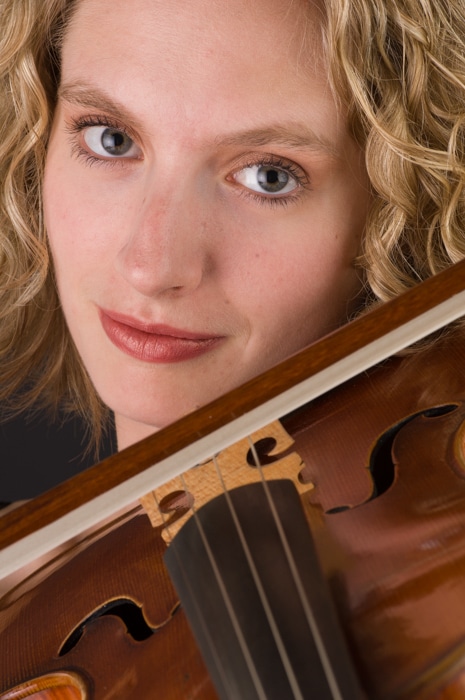
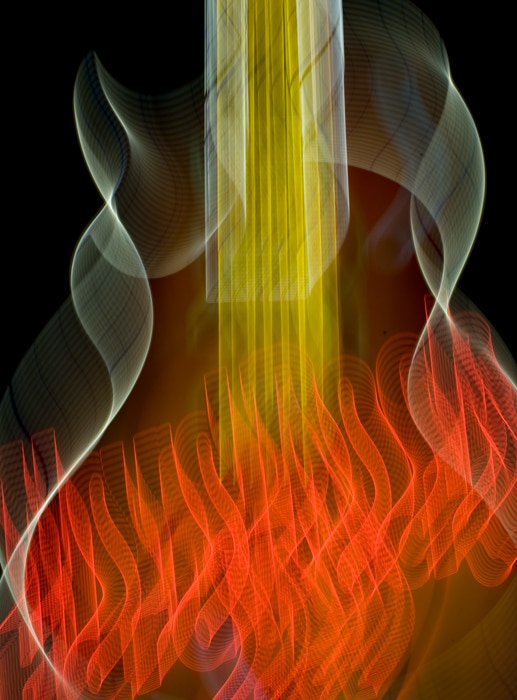
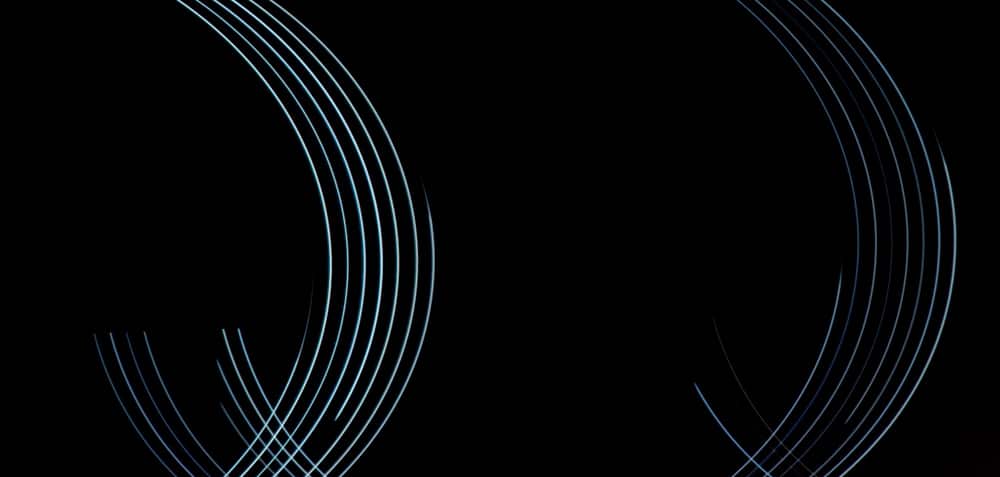
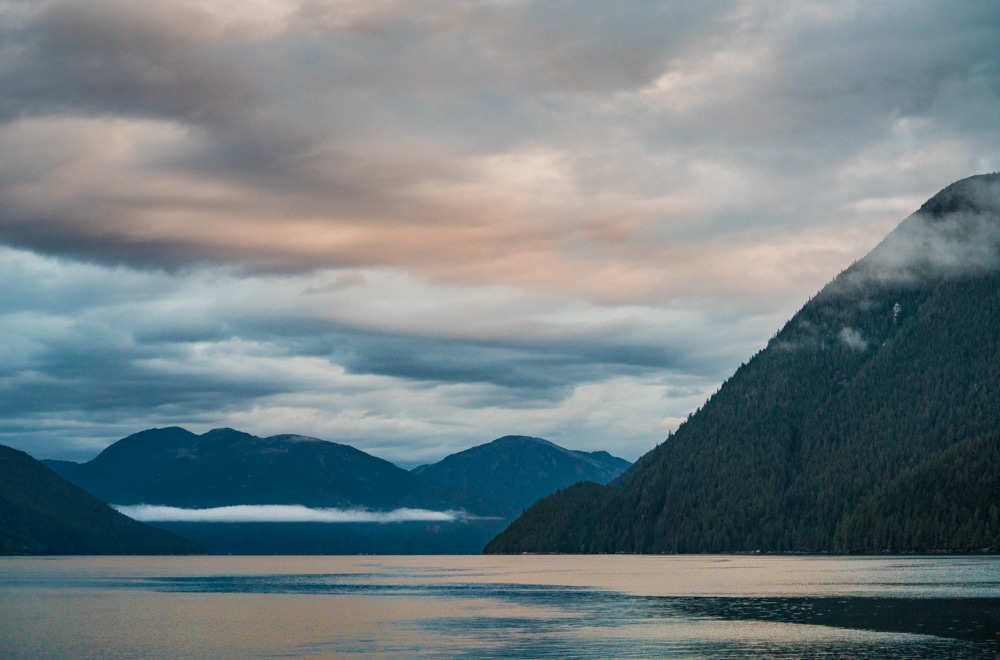
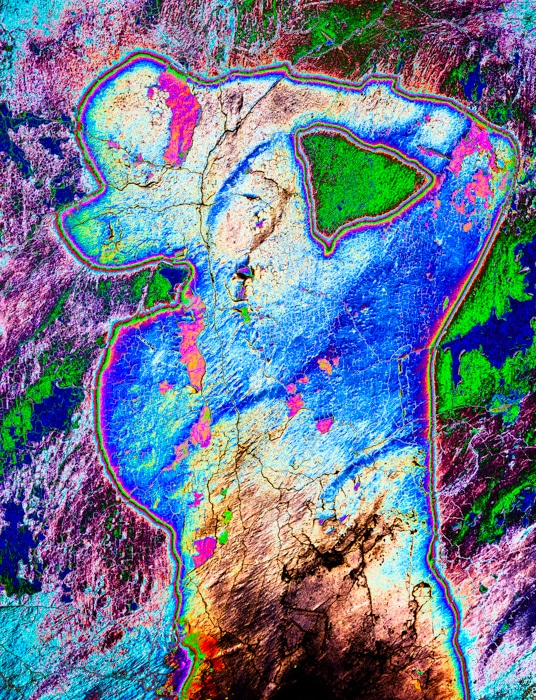
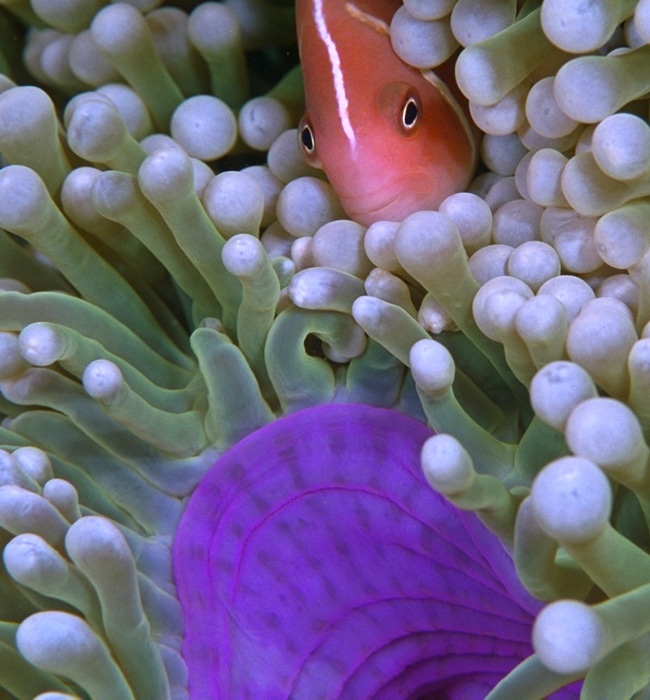
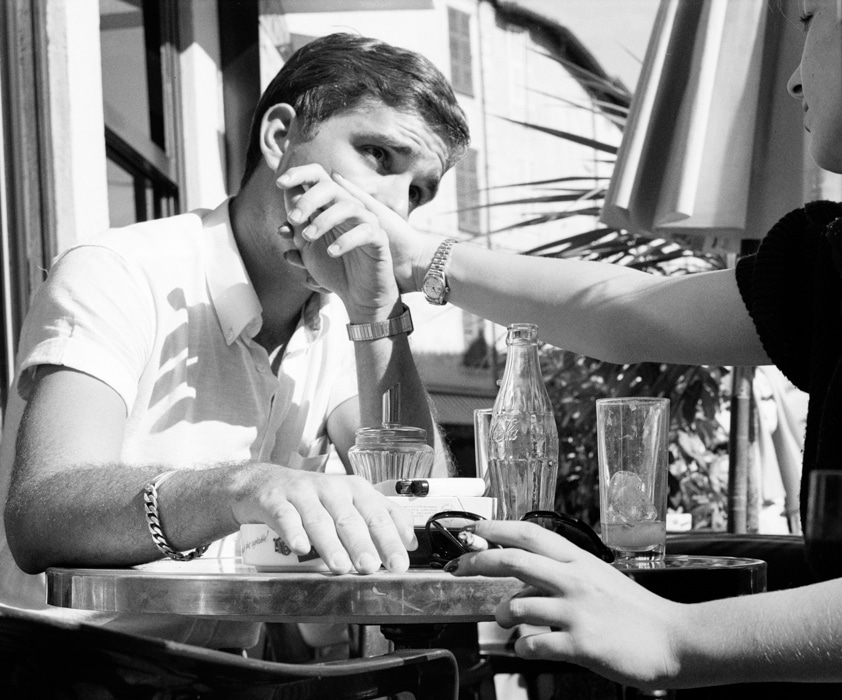
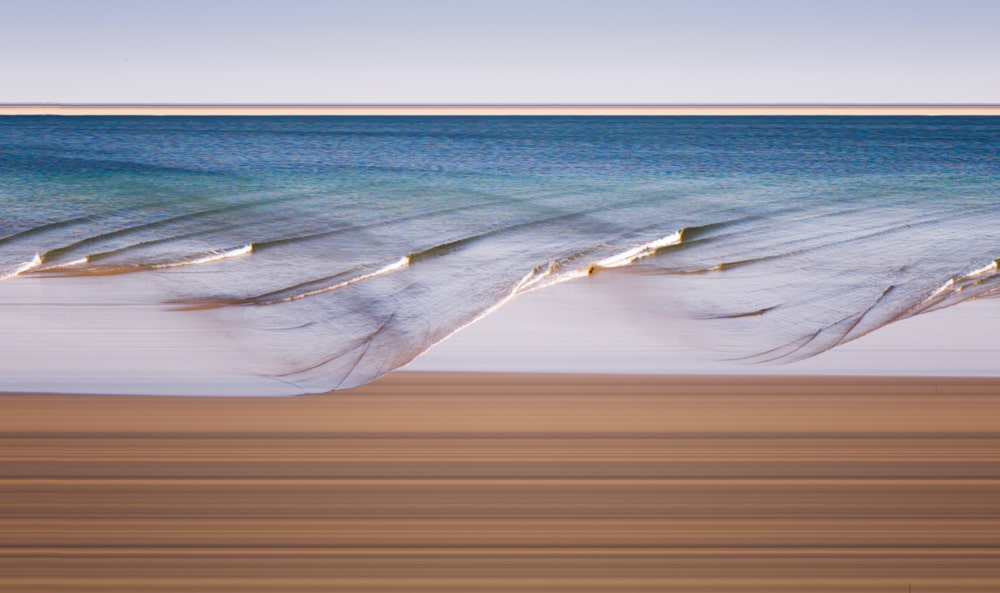
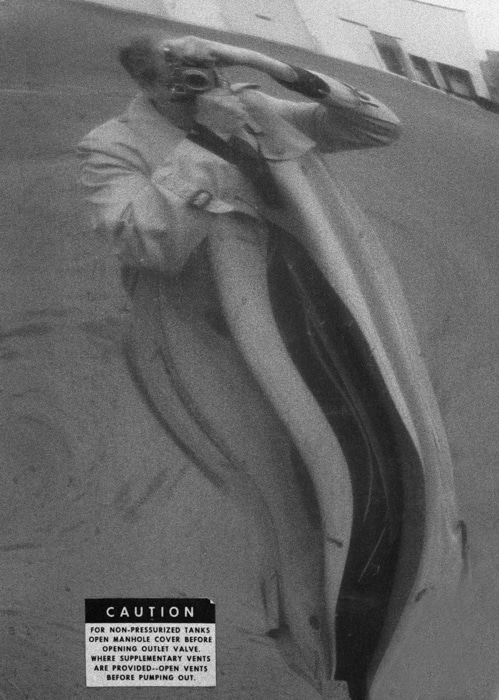
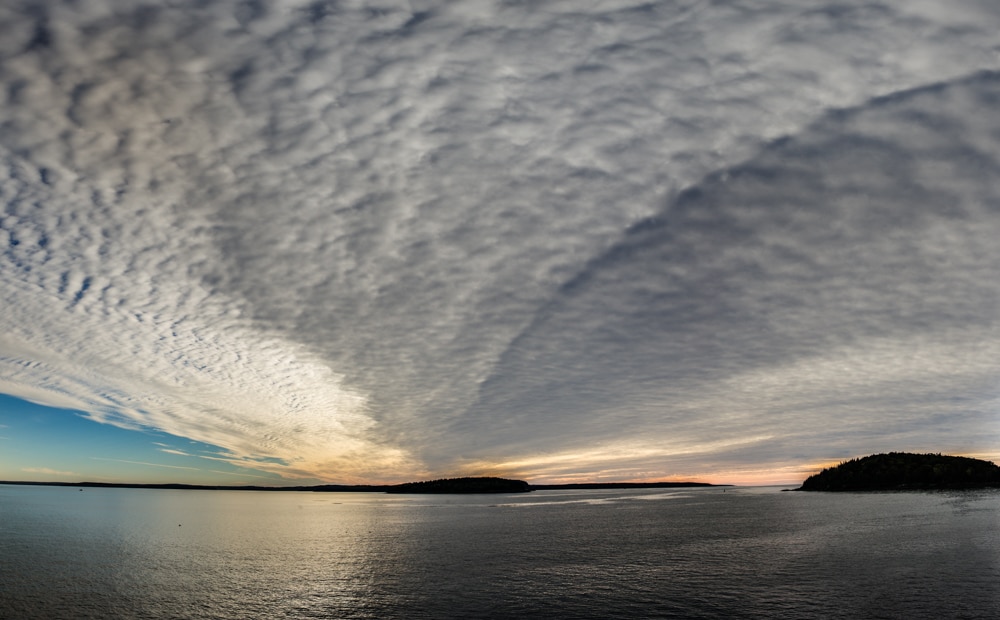
Well said. Expanding on the last paragraph, I think it may sometimes be beneficial to not only to decide that this work doesn’t go to the portfolio, but to try to act free from constraints. We often set standards for ourselves based on what we’ve achieved in the past, but “going crazy” and trying out untypical things in the name of experimentation may be eye opening, even if the pictorial results aren’t immediately remarkable.